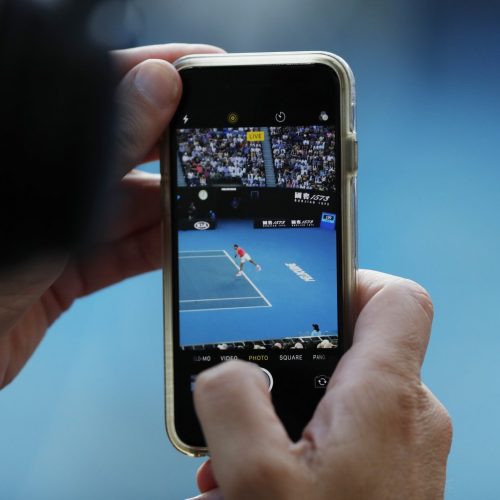Football FanCast – a new way of curating fans’ matchday experience
Some people are on the pitch…they think it’s all over….it is now!
When Kenneth Wolstenholme uttered this immortal line, a whole nation was rapt, hanging off every word.
Watch a game of football today and you’ll be lucky to remember who’s talking, such is the indifference to commentators and punditry on the whole.
Football fans are now the curators of their own matchday experience – picking and choosing the channels and content they want to accompany their viewing experience.
With more people than ever using social media and smartphones not, instead of watching their favourite team, but as well as, it was only a matter of time before publishers jumped on board with their own take on this fast evolving format.
The traditional ‘Live Blog’ was initially popularised by the BBC. What was first a fairly dry online commentary of a game – powered by automated updates and statistics – has now turned into a different beast. An Auntie blog now consists of something more akin to their popular 606 show – just in digital form. The consumer is the star of the show and is front and centre while MOTD pundits are reserved for falling asleep in front of the telly on a Saturday night.
Another popular live blog format is The Guardian’s OBO (over-by-over) coverage of England cricket. Taking a more light-hearted tone, the paper’s reporting fits the more lackadaisical nature of cricket as a sport, with less full throttle action and more time for in-depth analysis and whimsical interludes from readers around the world.
At Football FanCast, we set out to take what those before us implemented so successfully and create a new product by developing our own IP. This led us to launch what we prefer to call our ‘Live Match Centre’ – a mix of curated fan opinion, real-time updates and Opta statistics all delivered in our site’s unique style.
The tone of everything we produce is key to what we do and is something the whole team works hard to retain across all of our channels. Our Live Match Centre is the ideal vehicle for this, where our social and editorial teams feed into the overall Football FanCast offering and report events such as Transfer Deadline Day in our own unique style…
#Arsenal – Only team in any Europe’s top 5 leagues to have not signed any outfield players http://t.co/b7gce0Zc33 pic.twitter.com/Tdu3CEEPcE
— FootballFanCast.com (@FootballFanCast) September 1, 2015
With this success has come commercial interest, with a number of brands now choosing our Live Match Centre to reach real football fans with personalised messaging.
Just as pundits tell fans what they should think about their club, some media outlets will clobber fans over the head with advertising – something akin to a scatter gun approach with impressive numbers on paper sure, but how many of these fans actually absorb the messaging?
On the other hand, at Football FanCast we pride ourselves at reaching real football fans, communicating with them in a way that is both interesting and appealing… And the numbers speak for themselves.
We have delivered over 1,000,000 engagement minutes during one matchday for our clients, with a social exposure of over 14,000,000 and over 2,000 retweets – all seen and interacted with by football fans across the country.
Our matchday coverage isn’t there to act as an alternative to the game we all know and love so well, it is a companion, an antidote to the bland coverage served up my major media outlets and the home of fan opinion. Think it’s all over? It’s only just begun.
About author
You might also like
Mallory Group Launches White Paper on the ‘New Normal’ for Sports Rights Holders
Sport is proving to be one of the high-profile business casualties of the Covid-19 pandemic. However, its slow and structured return will be a key factor in life entering the
The seven essentials for achieving successful sports branding
By Daniela McVicker When it comes to sports, great branding is a must. Your brand influences how people see your company or team. It helps you to forge connections with
Live Chat: A New Social Experience in Sports
Article written by John S. Kim, CEO and co-founder of global API company SendBird Social media rose to prominence throughout the world due to its potential for connection. Social channels provided the








